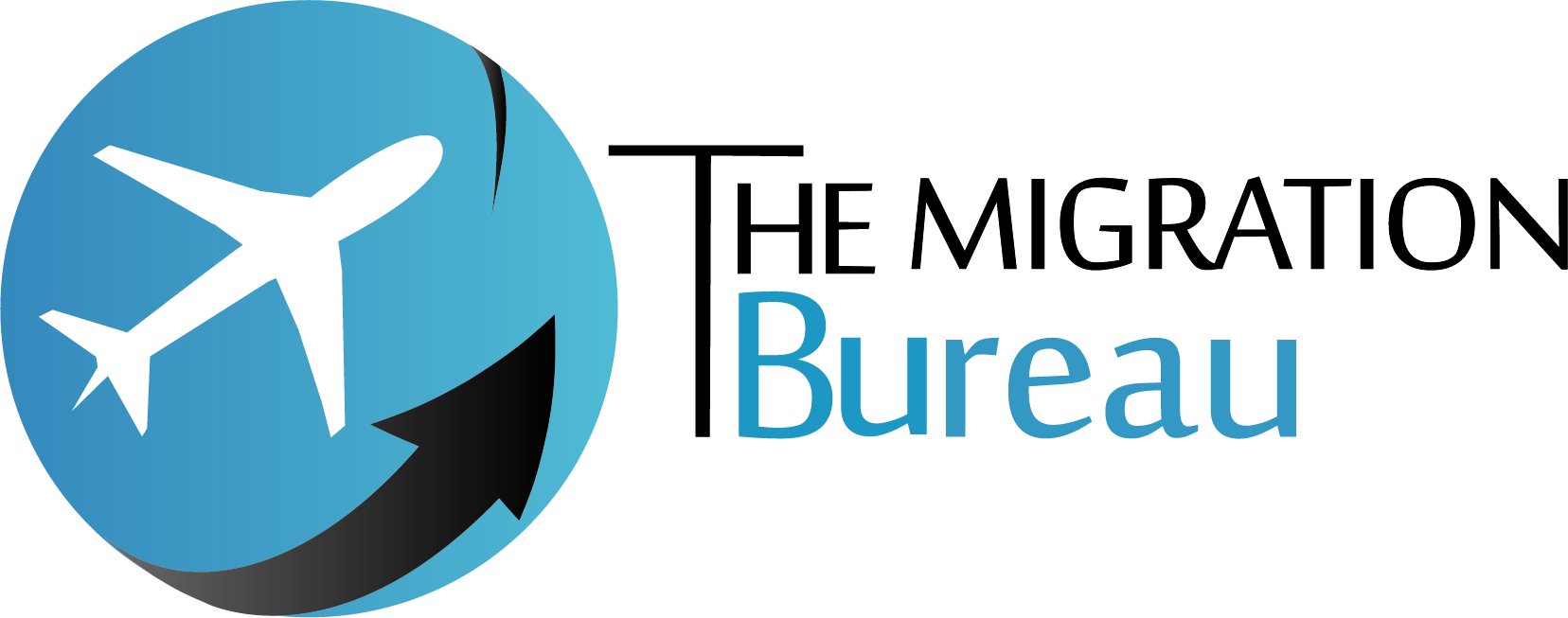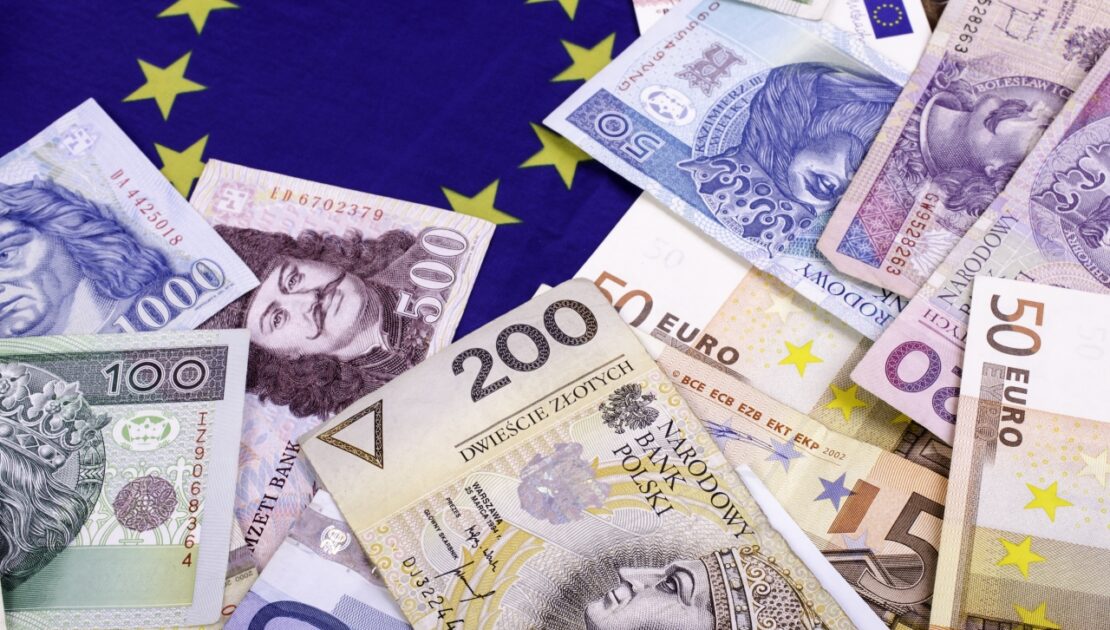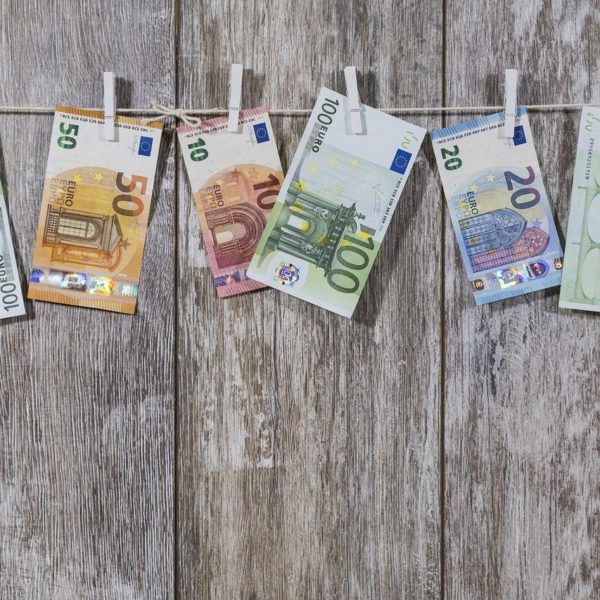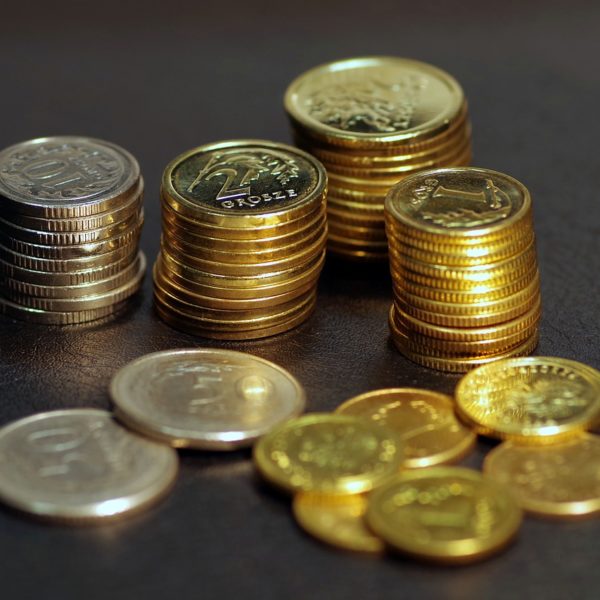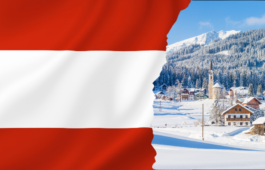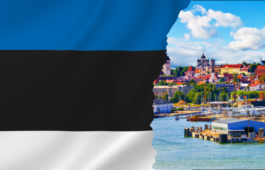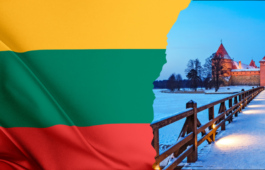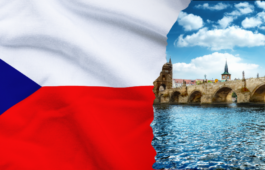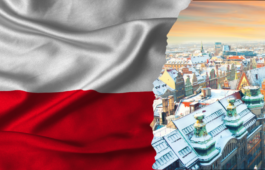Non-Euro currencies
A total of 28 currencies are used across 50 European countries who are all members of the United Nations.
Denmark and the UK (DKK and GBP)
After signing the Maastricht Treaty, Denmark and the United Kingdom had it guaranteed by the European Union and special conditions that they are exempted from adopting the euro. Denmark is using Danish krone currency (1 DKK = ~0.13 EUR) while the United Kingdom uses pound sterling (1 GBP = ~1.14 EUR). Note however, that the United Kingdom elected to leave the European Union – Brexit.
GBP, Pound Sterling is used in the United Kingdom and also territories and colonies belonging to the UK. You can use this currency in places such as the Isle of Man, the Falkland Islands, and Gibraltar. Pound sterling is the world’s oldest continuously used currency. The Bank of England controls the issuance of Pound
Sterling banknotes and coins. The pound is the fourth most traded currency – after US dollars, euro, and Japanese yen.
Sweden (SEK)
The 2003 referendum in Sweden agreed not to adopt the euro. Instead they continue to use the Swedish krona, 1 SEK = ~0.091 EUR.
“Krona” and “krone” translate to “crown” in English.
Bulgaria, Croatia and Romania (BGN, HRK and ROM)
The 3 countries are working to join the Eurozone. They need to satisfy necessary criteria, but are planning to join the euro currency as soon as they are able to fulfil them. The estimated date for now is 2022 for Bulgaria, 2023 for Croatia and 2024 for Romania, but it can still change. Until then:
- Bulgarian lev (1 BGN = ~0.51 EUR)
- Croatian kuna (1 HRK = ~0.13 EUR)
- Romanian leu (1 ROM = ~0.21 EUR)
Czech Republic, Hungary, Poland (CZK, HUF and PLN)
In these countries, the combination of not having satisfied certain conditions (known as convergence criteria) as well as having populaces that are against adopting the euro currency has prevented them from joining the Eurozone. They use:
- Czech koruna (1 CZK = ~0.036 EUR)
- Hungarian forint (1 HUF = ~0.0028 EUR)
- Polish zloty (1 PLN = ~0.22 EUR)
Non-members of the European Union, but physically located in Europe:
- Albania: while the euro is accepted, the official currency is the Albanian lek (1 LEK = ~0.008 EUR)
- Belarus: the Belarusian ruble (1 BYN = ~0.37 EU)
- Bosnia and Herzegovina: convertible mark (1 BAM = ~0.51 EUR)
- Iceland: krona currency (1 ISK = ~0.007 EUR
- Liechtenstein: one of the smallest countries in the world, Liechtenstein does not have its own currency. Instead they use the Swiss franc
- Moldova: uses the leu currency; euros and US dollars are widely accepted though (1 MDL = ~0.051 EUR)
- North Macedonia (before 2019, Macedonia): the Macedonian denar (1 MKD = ~0.016 EUR)
- Norway: the krone (1 NOK = ~0.086 EUR)
- Russia: the Russian ruble (1 EUR = ~0.012 RUB)
- Serbia: Serbian dinar (1 EUR = ~0.0085 RSD)
- Switzerland: Switzerland, despite being surrounded by the Eurozone exclusively uses the Swiss franc (1 CHF = ~0.95 EUR)
- Ukraine: the Ukrainian hryvnia (1 UAH = ~0.034 EUR)
It is always a prudent idea when traveling to a European country to convert some of your cash into the local currency. You can do this at the airport, using an ATM or an exchange bureau. Local ATMs will be of help if you need to draw from your account at home, but if not in a hurry, it is good to shop around for a good exchange rate – an exchange bureau is a great source.
A useful tip is to always carry a little cash with you. It may seem like we are morphing into a cashless society, but there are times when only cash in accepted. Having a mix of cash and cards is best for comfortable travels.
